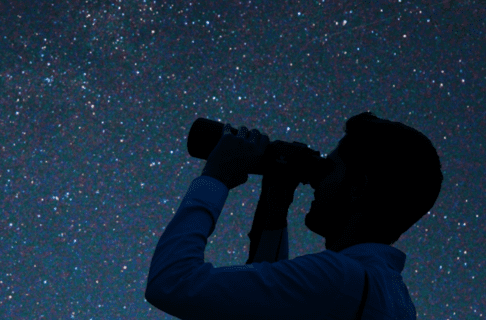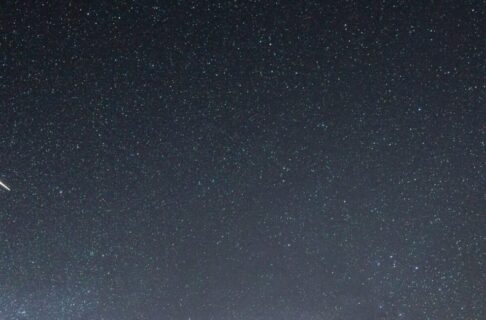Posted on: Tuesday July 31, 2018
by Claire Woodbury, Science Communicator
“Once upon a time there was a beautiful and talented weaver, the daughter of the Sky King. She met and fell in love with a handsome and skilled herdsman. They were so devoted to each other that they neglected all else. The weaver stopped weaving and the herdsmen let his animals wander all over the place. The Sky King didn’t approve of this behaviour, and separated the lovers on either side of the heavenly river. His daughter was heartbroken and despondent so the Sky King relented and allowed the couple to meet, but only once a year. Every year, on the seventh day of the seventh lunar month, a flock of magpies would fly into the sky and create a bridge, allowing the lovers to cross the heavenly river and be together.”
This classic tale of “boy meets girl, Dad doesn’t approve”, has been told since the 2nd century B.C.E. and celebrated in summer festivals in China, Japan, and Korea. You can read this story every night in the summer sky. The “heavenly” river that separates the young couple is the Milky Way. The lovers are represented by the stars Vega and Altair, two points in the asterism known as the Summer Triangle. The triangle shape is actually made up of the three brightest stars from three different constellations, Cygnus the Swan, Lyra the Harp, and Aquila the Eagle. In the city, it is often difficult to see all of the very faint stars of these patterns but the brightest from each are visible on clear nights. The brightest is Vega, the dimmest Deneb, and Altair makes up the point of the triangle. You can find the Summer Triangle higher overhead, across the sky from the Big Dipper all summer long and even into autumn.




